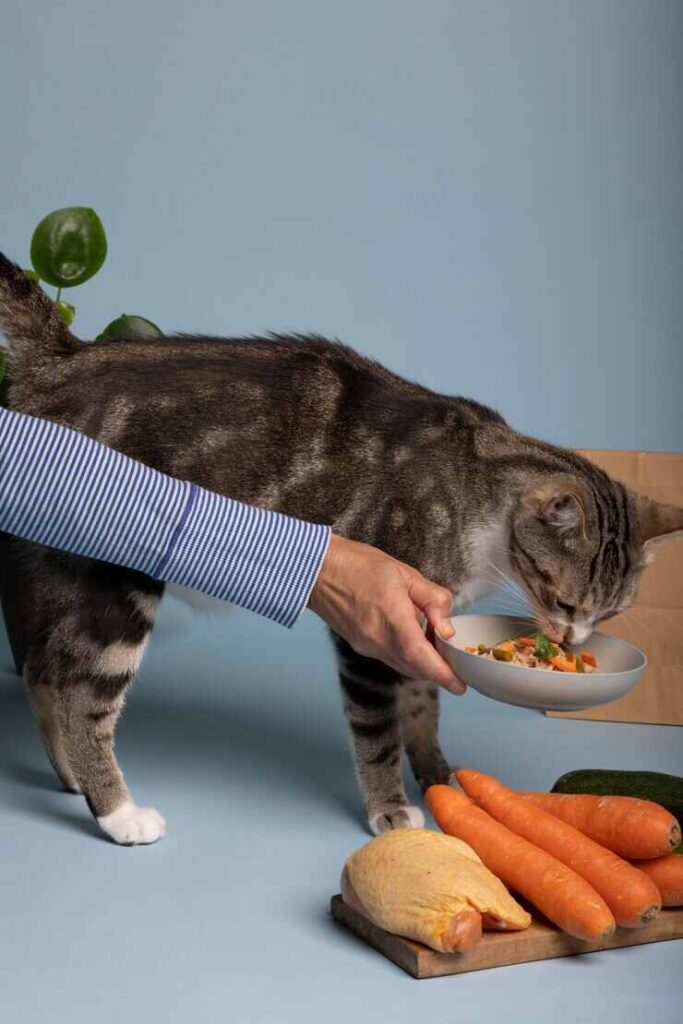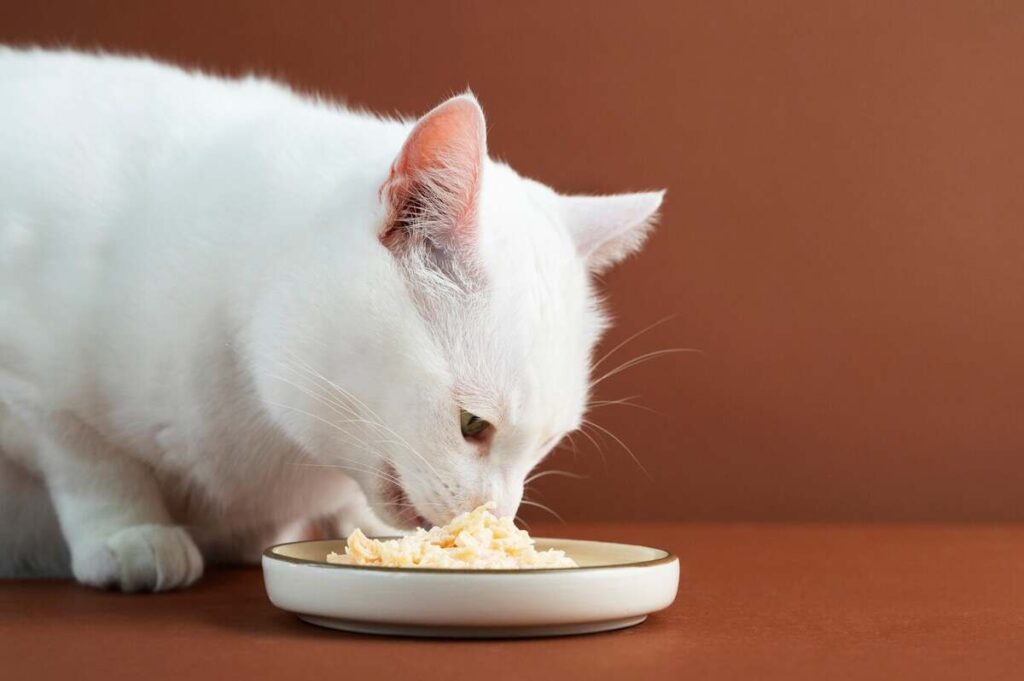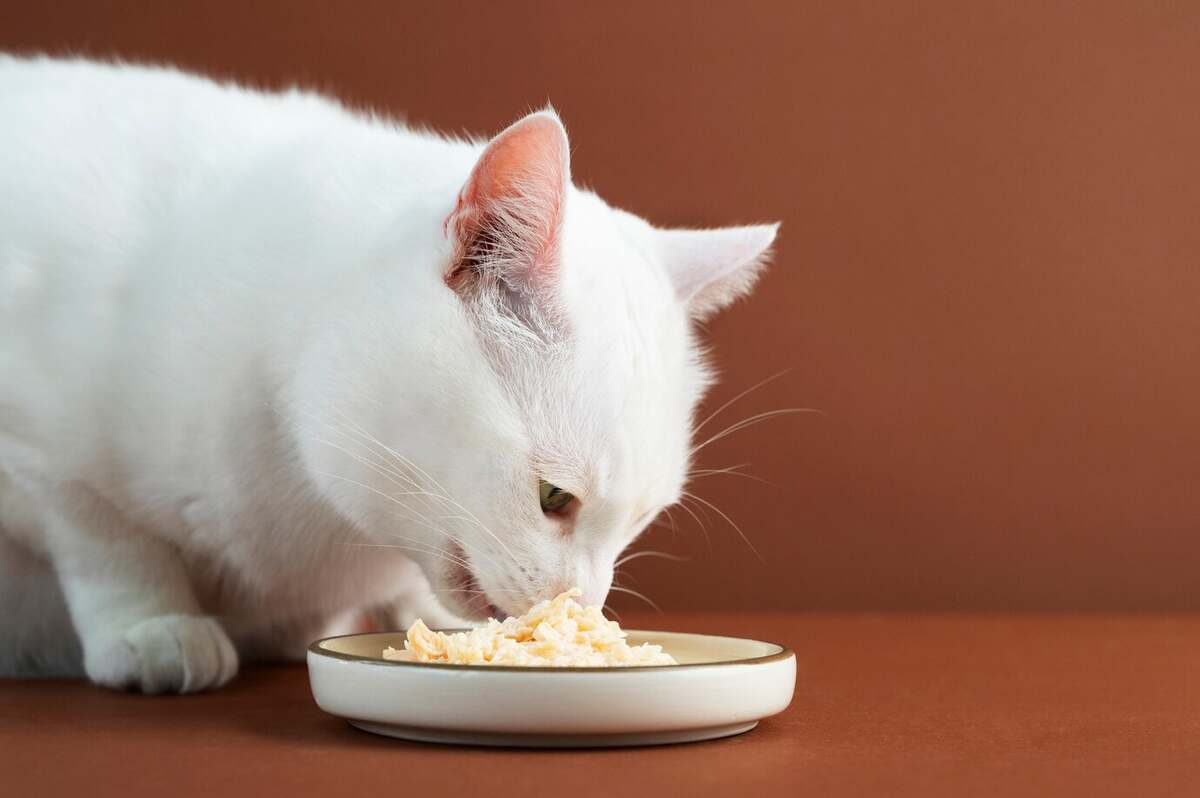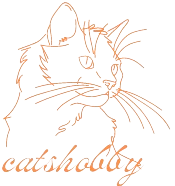Some pets are capable of exhibiting strange tendencies which cannot be easily explained. One such behavior a pet cat sometimes engages in is when it rubs itself against other living beings, objects of interest, or even food. This habit sounds strange to us, but it is nothing more than a natural way of marking their territory, forming bonds, or sharing love. But the behaviors that most people may consider as rather odd are some of the normal activities performed by the cats such as rubbing their body or face against various objects and even foods. This activity, which is called PR ‘bunting’ is a regular activity of cats intended for many things depending on the circumstances. We are going to study why cat like rubbing my food.
Why Do Cats Rub Against Objects?

On every cat’s multifaceted head, their mouths, chins, and especially foreheads, there are several scent glands and secretory tissues. When they rub food into their face, it is their way of marking the food with their scent. It helps them in securing a place in the world around them. It should be noted that cats are territorial animals, and when a cat rubs on an object, it is precisely what the cat is doing even with a new object. Most of the time, cats perform this action when they come across an item that has a strange odor.
Why Cats Rub Against Food?
There are scent glands present on whiskers, cheeks, and in the tail area of cats. The functions of this gland are that they enable signals from cats to be released into a given territory for marking purposes. Accordingly, when cats rub their heads or other parts of their bodies towards an object. Such as a bowl or animal, its owners can assume that the cat is declaring these things to be “it’s own”. It may also be that these animals have undisputed territorial characteristics and by rubbing their noses or heads and other areas of the body against a certain structure or object, they are simply attempting to mark it with their scent.
Besides marking territory, rubbing can also mean that your cat is interested in the food. Cats are born with extremely sensitive noses that help them learn more about the area. When they rub against something, including your food, they may be trying to smell it. This can often occur if the food has a very strong scent that captures the cat’s interest. If your cat shows this behavior often about meals, it might just be its way of knowing the surroundings or its wish to be involved during mealtime.
Interactions and Relationships
Rubbing behavior, however, has another purpose: communication. Every cat is unique and they use scents to mark their territory and time with another animal or even human. Thus, slanting heads and rubbing against food items or a person are also acts of claiming one’s affection, not showing hate. Indeed this can be observed in kittens who rub their heads against their mother’s body to express warmth and comfort. This doesn’t completely go away as cats get older, they still enjoy rubbing as it is a sign of trust and there’s so much affection. It could also work the other way if the cat is rubbing against the food you are eating.
Understanding the Behavior
It is not uncommon for cats to rub against items if they are searching for something like food or even water. For example, when a cat rubs against the cupboard in which its treats are kept or the area close to its food bowl, it can be presumed that the cat is hungry and is trying to express the need for food. In the same vein, kitties may rub against food as a means to ask for a particular food item, however, it is worth mentioning that cats are not nearly as food-oriented as dogs. Such behavior should only be observed to a certain degree as constant overactivity should be treated with caution, as one may suspect the cat may have health problems related to anxiety or that the ailment is too extreme to health which would explain excessive rubbing.
The Social Aspect
Out in the open, colonic or feral cats rub against one another to form one smell. The reason for this was so that they would become one as a group, thus ensuring peace amongst them all. In the same way, if a cat rubs its body onto your food, it could be its way of trying to include you in its circle of friends. The feline intends to let its humans be part of its collective by marking its human’s food. In homes with several cats, this trait is particularly pronounced as cats try to rub their scent onto other members of the household or other cats frequently.
How to Manage the Behavior?
The act of rubbing against food is not harmful in cats but can become annoying if a cat starts to interfere with a person’s meal or does it too often. A good way to minimize this is to allow some cat-related space at mealtime such that a cat does not try to grab the food but is present. Giving some puzzles or toys can comfort the cat’s instinct to explore so the cat can remain busy while a person is having a meal. Moreover, meeting the cat’s essential needs like fetching food, and water and providing some attention to the pet will leave less room for the cat to look for attention by engaging in pleading rubbing.
Why Cat Like Rubbing My Food?
Scent Marking and Ownership Cats have an interesting way of marking their territory and one of those is rubbing their face on their food. Just how they rub against furniture or people, they are just showing who the owner of the food is. The scent glands that are positioned on the heads of cats are used to give out pheromones. It conveys a message to other cats or animals that their territory is marked and resources such as food are claimed.
Seeking Attention:
As for what it is worth, cats love rubbing themselves against their masters and there is nothing wrong with this practice. This particular behavior when repeated is known to rub them on food. When a cat touches a chunk of food, they are often trying to express their desire for more food or even trying to convey a message. It is also common to find them rubbing against furniture including food in hopes of attracting attention and maybe a snack. Nudging of bowls has also been known to be a technique of getting the bowl to be refilled with food.
Bonding and Affection:
Cats rub their faces on food when they get acquainted with the owners as a sign of trust. Since cats share the food scent with their owners, or mix smells with food and themselves, it portrays a strong bond to the humans. This is even more likely to happen when a person stretches their hand to offer food and cat bunts against his owner’s arms or legs.
Anxiety and Comfort:
As much as it may sound absurd, food evokes high anxiety in cats. Any cat person will agree that bunting one’s head encourages pheromones. They are bound to make a cat feel at ease instantly. In such instances, they are likely engaging in scent-marking action to blanket the area with a pleasing aroma, particularly when the surroundings have drastically altered. If, for instance, you’ve simply changed their bowl position, with the hope that they will not touch the old place and instead rub it, ”rub their faces on it”.

The Role of Pheromones
Pheromones are very much involved in the rubbing behavior of cats. These substances act as messengers between animals. When a cat presses its face on some object, it deposits pheromones secreted from specialized glands in the cheeks and chin. These pheromones have several functions, enabling a cat to feel comfortable in contact with other animals as well as marking territorial limits.
If you own a multi-cat household then one of the behaviors of your cats that you will witness is that of face rubbing which is a good sign. This is because it shows that they are all rubbing and thus have a common group scent which helps in reducing the stress level of your cats making the environment peaceful.
Other Common Behaviors Related to Bunting
Rubbing pets, Cats, Corners Tables, And Door Frames, which are rigid and hard objects often rubbed with cat’s faces. The pleasure of scratching rough edges makes them rub more pheromones when they are excited. That too is very pleasurable for them. Well, for cats, any object they rub their faces on is an indicator of a claimed territory which in case other animals are available could be in excess.
Head-Butting:
Head-butting is also common among cats as an affectionate gesture to get attention. This is another kind of bunting, where the cat is trying to push its head against you or an object to mark it with its scent. It is often interpreted incorrectly as aggressive behaviour and most people seem to think it is a cat trying to show that they care for them.
Rubbing on Feet:
Throughout several cat laments, this behavior rubs its ears against its owner’s feet and grabs the bottom of the feet with the cat’s chin about and over the owner’s feet. Your feet pick up many smells and so by rubbing, a cat is either claiming that you are part of their territory or has gone somewhere. This is also a means of affection as your cat does this when it is purring or when it is head role.
Controlling Excessive Rubbing
In general, rubbing behaviors are not harmful, but if your cat is constantly rubbing its body against food items or objects, then the reason could be stress or anxiety. When there is an increased occurrence of this behavior in your cat, you might want to examine its surroundings for possible causes of trouble. Such things as rearranging the furniture, a new pet, or a simple change in the daily schedule may be quite intolerable for cats. Feline pheromone products requested by clients during such times could include collars or diffusers that provide further relief from anxiety-induced behavior.
Conclusion
One of the most frequently observed behaviors among cats is cat-like rubbing my food which is often attributed to the cat’s instincts. The cat may rub itself against the object to claim a space, request attention, or show love. It is therefore natural behavior for all cats and serves as a variety of communication. Knowing the reasons for it helps you bond with your cat much better so that they are reasonably easy to understand. In case this occurs repeatedly, it may be wise to look for signs of stress or anxiety and provide a familiar setting to pacify the cat.
FAQs
One of the main reasons cats rub their faces on food bowls is to mark their territory. They have scent glands in their faces, and by bunting against the bowl they put pheromones on it to claim it as their own. Sometimes, this practice can also serve as an indicator of comfort, for instance, if a bowl has been shifted or washed.
Face rubbing is a hungry behavior in some situations but not in all situations. Cats often bunt to simply get attention or they want to put their scent on some objects. In cases where your cat has defiled itself in food, to the extent of completing its full 360-degree pancake and indulging within its cheek, consider looking for other cues such as meowing or sitting next to the bowl to determine if food is the issue.
If an animal rubs too much, in extreme cases of self-rubbing, care may be needed, especially when animals conceal themselves, don’t eat, or show signs of aggression. This is the last plausible explanation, that if a cat boils to food, there might be some environmental factors that might have determined the state and the need for the application of these pheromone products might be essential.





